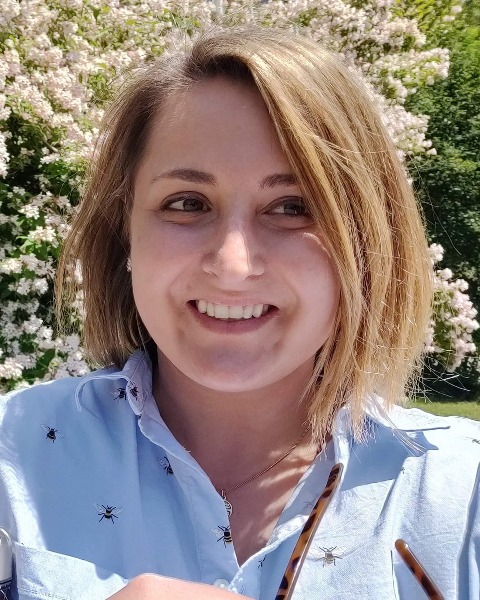Student 10-Minute Presentation
Plant-Insect Ecosystems
Student
Student Competition
Development of an autodissemination device for spreading entomopathogenic fungi, Beauveria bassiana, to fruit flies (Diptera: Tephritidae)
.jpg)
Sarah K. Pennington
Graduate Research Assistant
University of Hawaii
Honolulu, Hawaii
Dara G. Stockton, Ph.D.
Assistant Lab Director
USDA-APHIS
Edinburg, Texas- JS
James Snyder
Laboratory Technician
Florida Department of Agriculture and Consumer Services
Gainesville, Florida - KF
Katherine Fairbanks
Assistant Chief, Bureau of Methods Development and Biological Control; FDACS-DPI
Florida Department of Agriculture and Consumer Services
Gainesville, Florida 
Katrina Leah Dickens
Biological Scientist
Florida Department of Agriculture and Consumer Services
Gainesville, Florida
Ikkei Shikano
Assistant Professor
University of Hawaii
Honolulu, Hawaii
Presenting Author(s)
Co-Author(s)
The state of Hawaii has had dozens of economically important crops targeted by fruit flies (Diptera: Tephritidae). Insecticide-laced protein-bait sprays or attract-and-kill devices can suppress fruit fly populations. However, recent bioassays have found elevated levels insecticide resistance, mainly Spinosad, in melon fly and oriental fruit fly populations on multiple Hawaiian islands. There is a need for additional tools to suppress insecticide resistant fruit fly populations. Entomopathogenic fungi (EPF) can induce high mortality in tephritid flies. Our lab developed a novel formulation of EPF to use in an attract-and-infect devices to lure and autodisseminate spores to flies. This study focuses on the step-by-step development of the autodissemination device which uses parapheromone lures to attract and disperse EPF to male fruit flies. In laboratory trials using commercially available Beauveria bassiana, we conducted tests of different plastics and prototype designs of reusable 3D-printed autodissemination devices for spore longevity in laboratory and field conditions. We measured the mortality of sexually mature male and female melon flies (Zeugodacus cucurbitae), medflies (Ceratitis capitata), and oriental flies (Bactrocera dorsalis) exposed to the device. The yellow, conical design with a hanging basket to hold a parapheromone lure was the most effective at transferring spores to males and facilitating horizontal transfer of spores to females. This investigation shows the potential of reusable devices for the autodissemination of EPF for fruit fly control.

.png)

